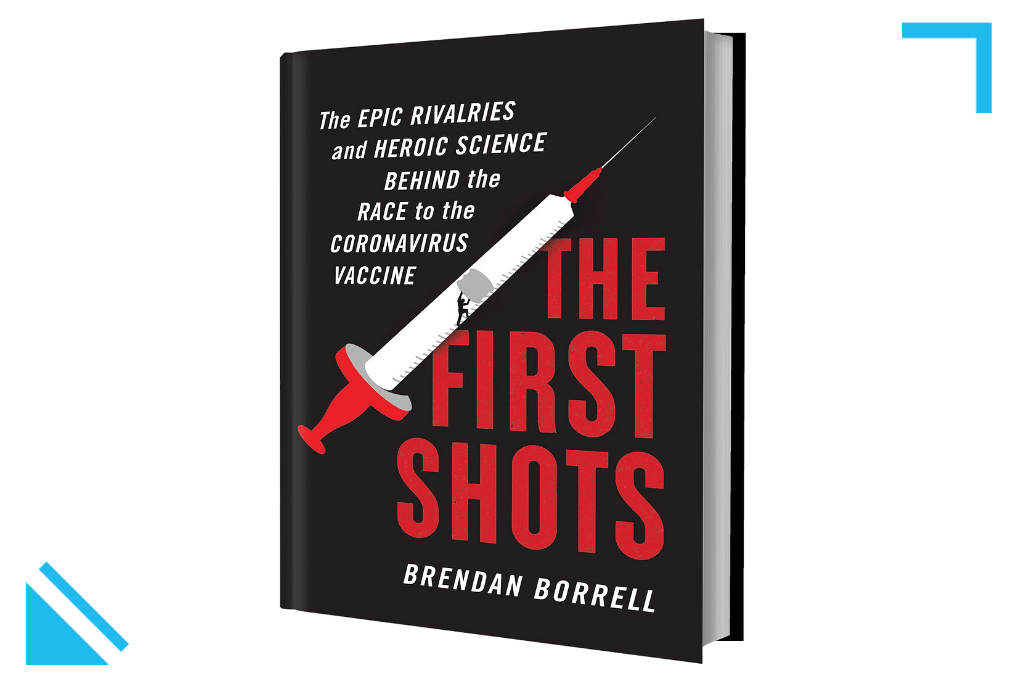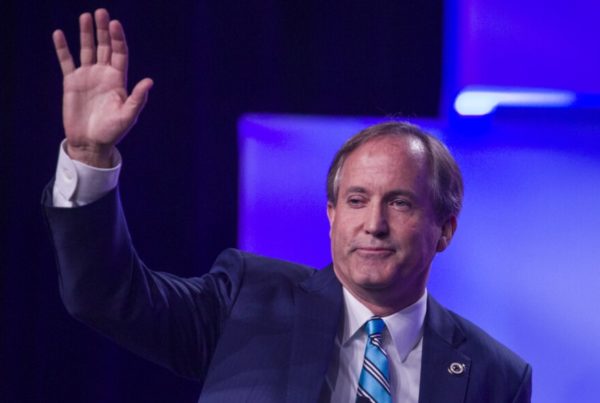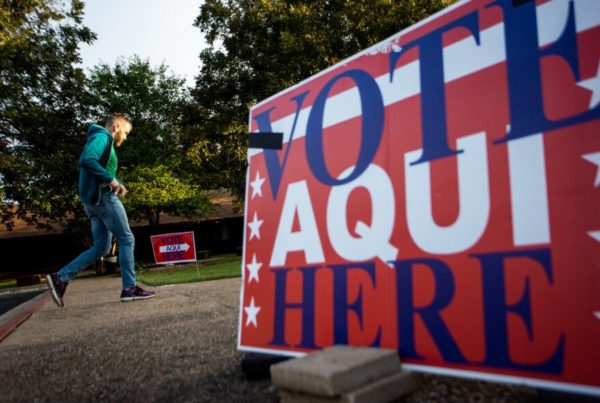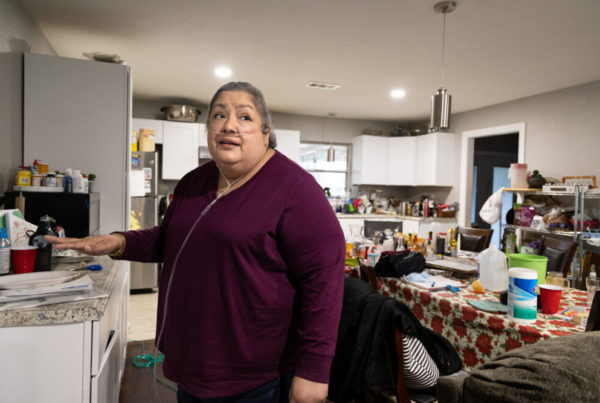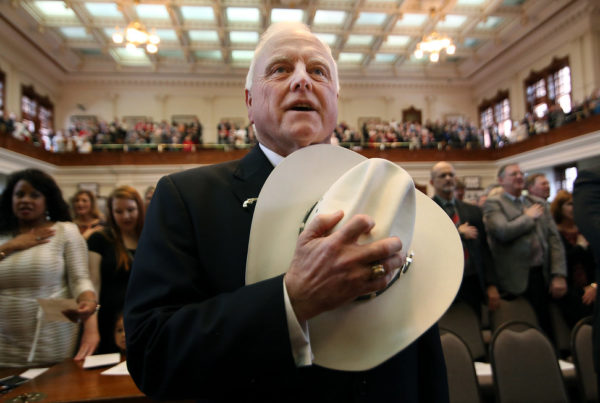For some Texans, the importance of COVID-19 vaccinations might not be top of mind anymore, especially when challenges like work and child care have taken over in a pandemic entering its third year. But the push to vaccinate isn’t over, especially with vaccination rates still low in many parts of the state, and a national death toll over 900,000.
The story of how those vaccines became available in the first place is a wild one. It was a scientific feat that required intense and messy collaboration to achieve the seemingly unachievable, in record time.
Brendan Borell documented it all in his book, “The First Shots: The Epic Rivalries and Heroic Science Behind the Race to the Coronavirus Vaccine.” Borrell spoke with Texas Standard about what he had hoped to achieve by documenting the COVID-19 vaccines’ development in such detail, the major players who made it happen in 11 months and how three pharmaceutical companies beat out all the other candidates to provide vaccines to the American public.
Listen to the interview with Borrell in the audio player above, or listen to an extended interview in the player below to hear about the vaccines’ parallels with the 1960s’ moonshot.
This interview has been edited lightly for clarity.
Texas Standard: A very fast and wild tale of how the COVID-19 vaccines were developed is exactly why some people say they won’t get the shot. Did you think that by accurately documenting the development of the vaccines it would encourage more people to get vaccinated?
Brendan Borrell: That is the great irony, right? I mean, this incredible scientific achievement in record time, and you think everybody would be happy and dancing around. But success, of course, breeds these questions: Well, did they move too fast? Was politics involved? Do we really know that this mRNA works?
And on the one hand, I can understand why people who aren’t versed in science might have these concerns. And that was definitely at the forefront in my mind as I was trying to document this achievement and explain the care and thought that went into these vaccines.
You turned this book around quite quickly; your book was actually published in October 2021. Tell us more about the writing process and your timeline.
It was about 11 months from the release of the sequence of the coronavirus in China to the approval of the vaccines in 2020. I started working on this book around April of that year, and I knew nothing, almost nothing, about immunology and vaccinology, and was just kind of playing catch-up to try to know what was happening in the scientific world.
You mentioned mRNA vaccines – a technology that had been researched for a while but never really put to use like this before. It almost seems like it took something like the race for the COVID vaccine in order for this technology to finally come to fruition.
You know, the whole world was suddenly dependent on a coronavirus vaccine. But just to back up a bit, most of the time vaccines have been thought of in the pharmaceutical world as losers. So, the pharmaceutical world actually has generally ignored emerging infectious diseases. But with the coronavirus, suddenly there’s this huge interest in getting a fast technology out there.
We had President Trump’s Operation Warp Speed, which just infused hundreds of millions of dollars into the vaccine-development program, and that really helped bring these things across the finish line.


